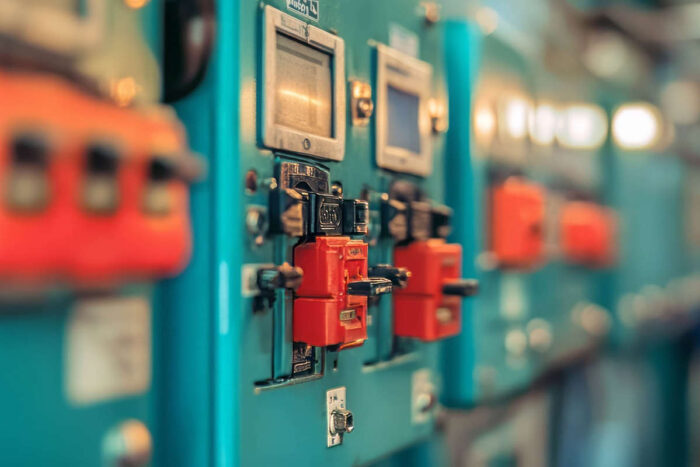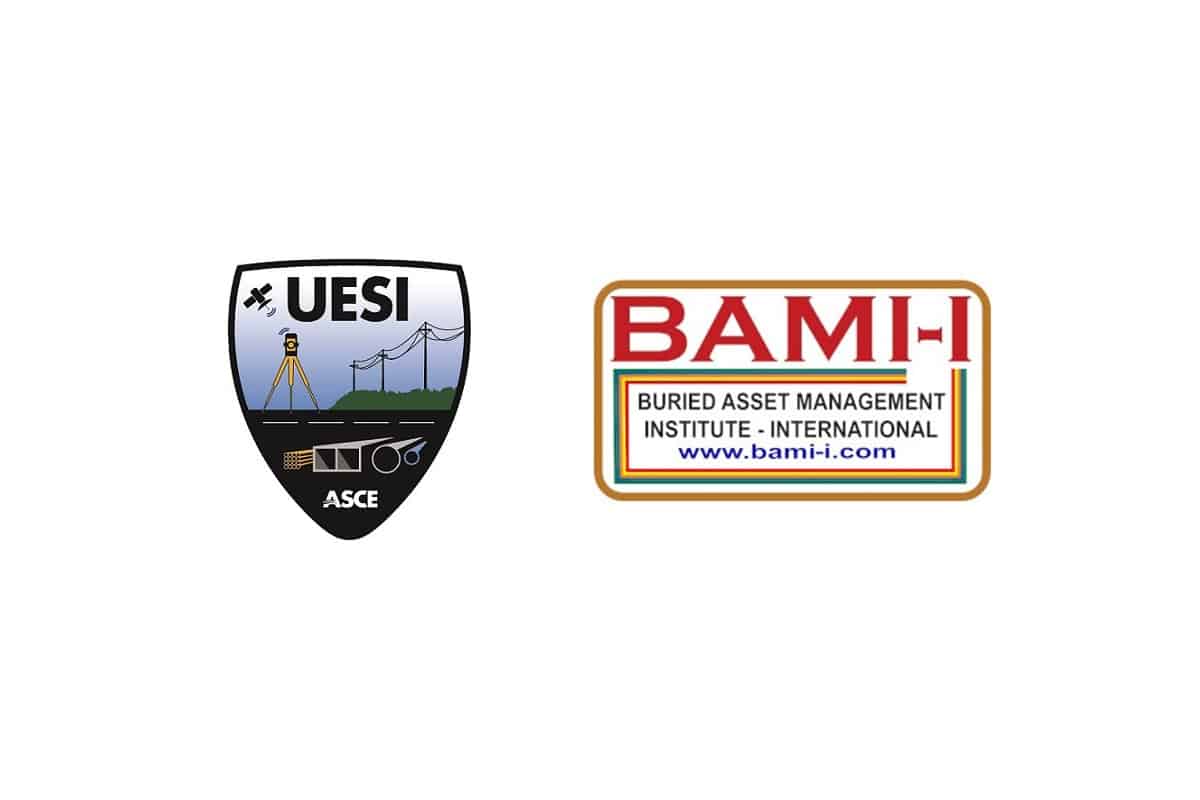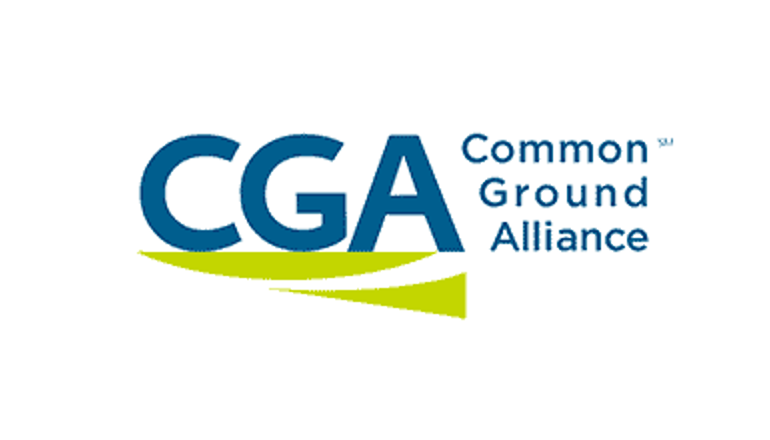Safeguarding Power Systems: 10 Cutting-Edge Solutions for Hazard Prevention

By Oscar Collins
Electricity is practically indispensable as an energy source. As the most common form of power, the associated risks and prevention of electrical hazards are prevalent for any utility professional.
What are the associated dangers for these systems, and which are the best cutting-edge solutions for their prevention?
Common Power Safety Hazards
Most substations and transformers face exposure to the elements. Several natural hazards present typical and severe risks to maintaining uninterrupted power supplies. However, other human-related events raise additional dangers.
1. Extreme Weather and Natural Disasters
High winds, lightning, snow and ice-covered power lines regularly cause electric systems to fail. In extreme conditions, fallen branches or trees make contact with power cables, causing short circuits that affect transformer and substation functionality.
Wildfires ignite utility power systems, and floods push debris into the electricity infrastructure and cause water damage in substations. Earthquakes, hurricanes and tornadoes result in extensive grid damage.
2. Wildlife and Insects
Squirrels, raccoons and larger wildlife interfere with transformers on the ground or utility poles, and birds damage power lines. Rodents, snakes and insects access substations, affecting the electricity supply.
3. Human Error
Companies excavating, overhead hoisting, or utilizing lift equipment sometimes damage underground electric cables or power lines during their activities. Vehicle accidents are unpredictable hazards that utilities could benefit from by preventing. Other human-based hazards include theft and vandalism.
4. High Grid Demand
Higher-than-normal consumer usage strains power grids. Heat waves prompt residential and business air conditioning and fan use, and icy weather encourages higher heating usage. When power demands outweigh the available supply, grid outages or blackouts occur. In these scenarios, surges often cause transformer and other equipment failures through overburdening.
Equipment Failure and Planned Outages
Electrical equipment can fail in situations, including when grids overload. Even well-maintained, high-quality items can stop functioning, and cable, switch, connector or transformer issues result in power outages.
Such failures mean utilities must plan blackouts to replace, repair or maintain unstable or outdated power infrastructure components. Although these disruptions have set time frames, unforeseen complications sometimes prolong them.
Solutions for Hazard Prevention
Cutting-edge solutions can help prevent the more common power hazards.
1. Smart Meters
Smart meters accurately measure electrical energy and have hazard-prevention functions. They assist in managing power grids by collecting parameters on grid quality, load curves, targeted freeze data and event logs, and they utilize innovative techniques to analyze and predict demand fluctuations.
Utilities use this cutting-edge feedback to refine power scheduling strategies, reduce source wear and tear through frequent shutdowns, and optimize line losses. Doing so enhances overall grid stability and increases revenue.
2. Grid Management Software
A grid management software solution using recent technology optimizes power system maintenance and repairs. It allows you to manage assets, streamline work assignments, and efficiently schedule and dispatch technicians.
The Internet of Things and other modern technology integrations allow for real-time and predictive maintenance and make monitoring your power infrastructure’s condition easy and accurate.
3. Risk Management Planning
Incorporating a healthy risk management plan assists you in dealing with wildfire risks and fire hazards caused by insulation failure, deteriorating transformers or other components, and moisture. A substation fire can be severe, so ensure all onlookers stay a minimum of 300 feet from the blaze to prevent burns or other injuries.
4. Fire Suppression Systems
A fire suppression system is a cutting-edge solution that reduces injury and damage potential while restricting outage times. Oil containment solutions, designed specifically for electrical facilities, are now available in the United States. These have already improved European substation fire safety.
5. Early Communication Networks
Improved communication networks with automated features may not prevent a hazard, but they warn the public to get ready for upcoming severe weather conditions. In rural settings, this communication may be the lifesaving difference between finding shelter from a tornado and being caught unawares. Early communication also clears the roads to ensure your utility crew works in a safer environment.
6. Digitized Substations and Modern Cables
Digitizing substations reduces the chances of natural safety hazards affecting the power grid. Although not practical in many rural regions, urban grids become more resilient. Modernizing cables from copper to fiber-optic also decreases the chance of corrosion, especially after saltwater flooding.
7. Grid Hardening
Grid-hardening techniques, like elevating substations, housing power infrastructure below ground, deploying battery energy storage or using submersible transformers, can accelerate power recovery in the harshest conditions. This allows you to focus on physical repairs elsewhere.
8. Fencing Deterrent Systems
Line and bushing guards, decoy protectors and coated insulators enjoy some success in discouraging snakes, squirrels and raccoons from affecting power supplies. Only 10 years ago, the National Security Agency’s John C. Inglis called squirrels a higher threat to the U.S. grid than cyberattacks and terrorism.
New technologies, such as fencing systems for electrical infrastructures like substations, deliver mild and humane electrical shocks to animals looking to encroach.
9. Multilayered Substation Security
Utilities implementing multilayered preventive approaches in crime hot spots add practical barriers to prevent unauthorized access to substations. Combining electric fencing with surveillance, access controls, intruder detection, lighting and response plans allows you to detect breach attempts and promptly respond to incidents.
10. Ductile Iron Utility Poles
Ductile iron has a higher initial cost than wood but offers many benefits for utility pole use. With a service life exceeding 100 years, ductile iron is eco-friendly, resilient, reliable and safe. These poles are practically maintenance-free and withstand vehicle impacts and the worst weather conditions, saving utilities on regular repairs and replacements.
Applying Modern Solutions Can Prevent Risks to Power Systems
While some tried-and-tested hazard prevention methods prove successful, adding cutting-edge solutions further enhances your power system’s reliable operation. With so many potential threats to reliable grid functionality, every successful initiative helps keep consumers’ electricity on and reduces the risk of unnecessary and avoidable outages.
Oscar Collins is the editor-in-chief at Modded. He’s written for sites like Contractor and StartupNation. Follow him on Twitter at @TModded for frequent updates on his work.
RELATED: How Are Utility Professionals Likely to Leverage AI in the Coming Years?




